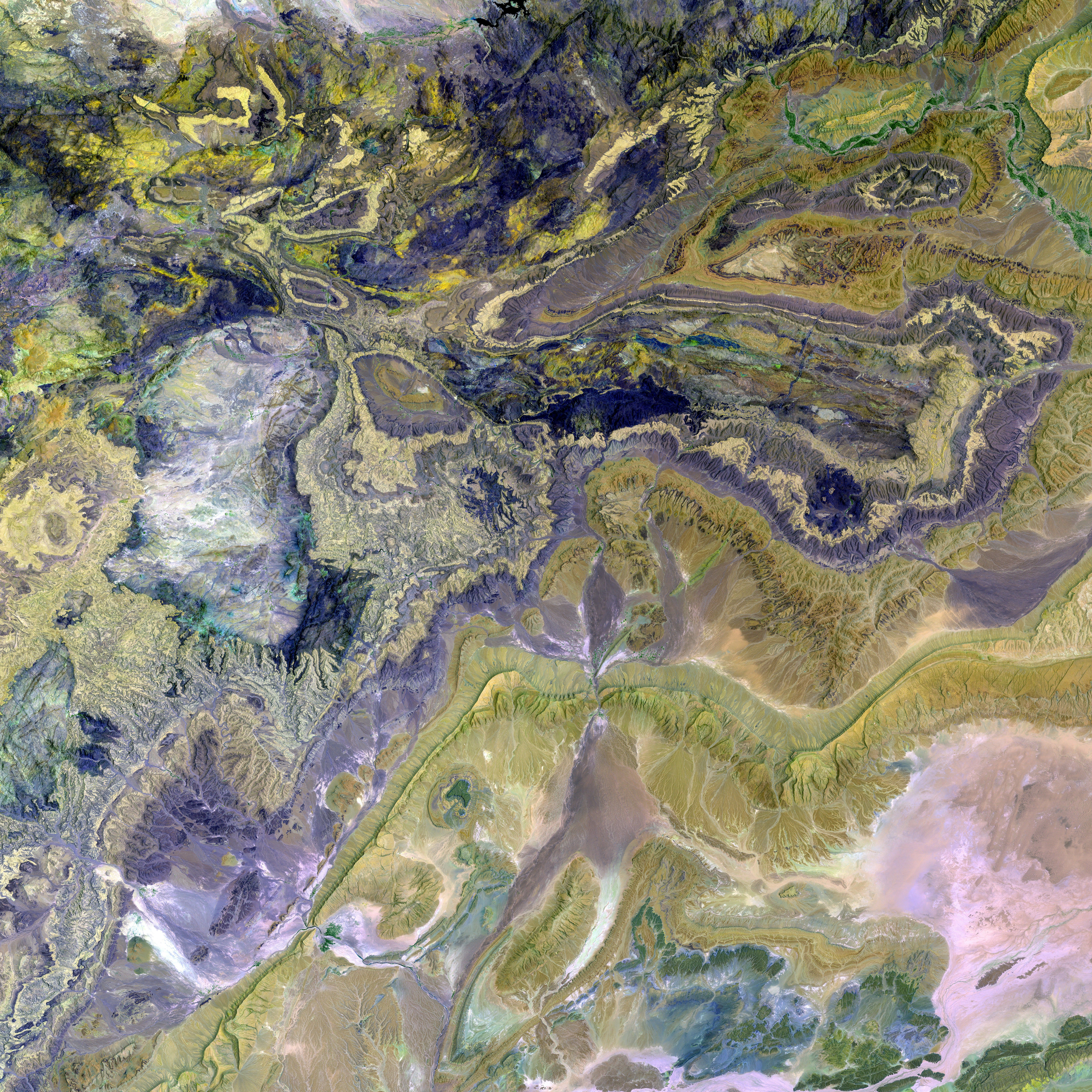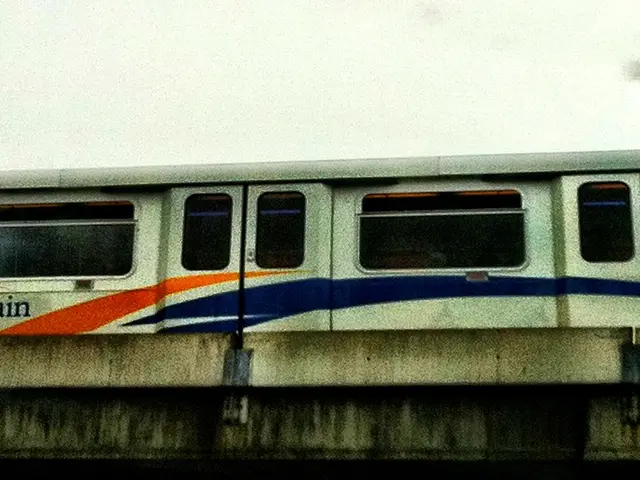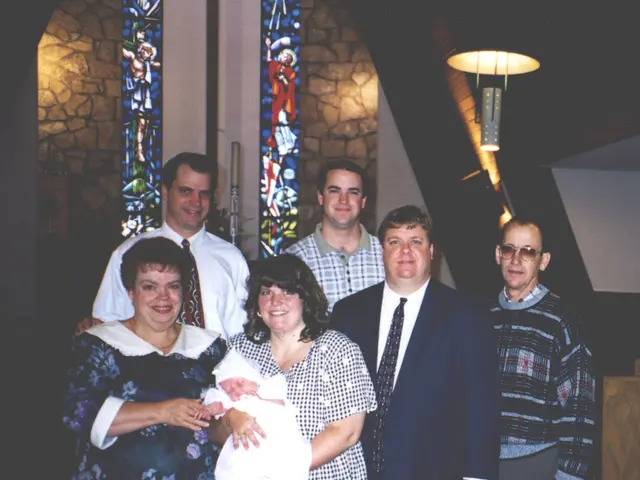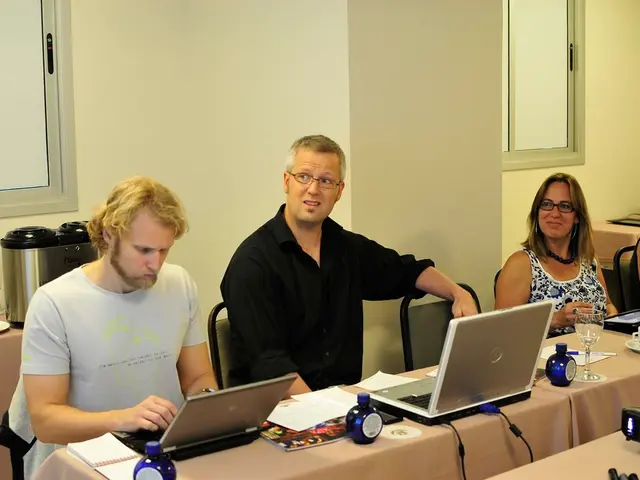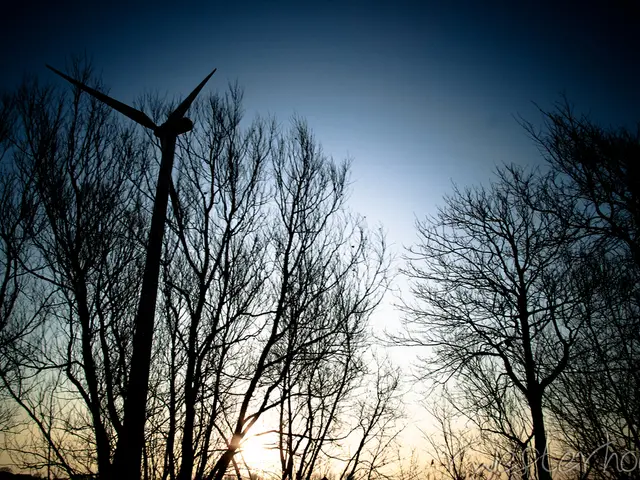Confusing a Road for a Track Bed: A 47-Year-Old's Unfortunate Mishap
In an unusual incident, a 47-year-old woman found herself stuck in Gotha, Thuringia, after mistaking the roadway for a track bed along the Thuringian Forest Railway line. The mishap resulted in delays for train passengers and caused damage to both her car and the track bed.
The Gotha Fiasco
- The incident occurred on a Saturday, with the area experiencing a temporary closure of the Thuringian Forest Railway line for approximately an hour due to the towing process, as announced by the Thuringian police on Sunday.
- The woman was missing from the scene when the police released their statement on the incident.
- Tourists traveling through Thuringia on Sunday might have encountered delays due to the police incident in Gotha, where a car was stuck on the track bed of the Thuringian Forest Railway line.
- The Thuringian Police are currently investigating how the woman came to mistake the road for the track bed, which led to her car becoming stuck and causing a disruption in traffic.
Common Errors and Safety Measures
Mistaking a road for a train track bed is an infrequent occurrence that is often triggered by specific conditions and inadequate traffic management systems.
- Poor Visibility: Lack of lighting or obstructed views can make it difficult for drivers to differentiate between a road and a rail track bed, leading to confusion.
- Inadequate Traffic Control Devices: The absence or malfunction of warning signs, signals, or other traffic control devices can contribute to a driver's confusion about rail crossings.
- Design Issues: Rail crossings with unclear demarcation lines increase the risk of mistaking a road for a train track bed.
Although such incidents are uncommon, implementing safety measures can help reduce the occurrence of accidents at rail crossings.
- Detectable Warning Surfaces: These surfaces, primarily used for pedestrian and bicycle rail crossings, aid in detecting the presence of rail tracks.
- Clear Delineation: Firm and stable pavements near the tracks, combined with appropriate pavement markings, can clearly indicate to users the optimal angle for crossing rail tracks.
- Warning Signs: Installing clear warning signs with ample distance for users to react is crucial for enhancing rail crossing safety.
- Adequate Sight Distances: Ensuring that approaching users have a sufficient view of the crossing is vital for preventing accidents caused by neglect or deterioration.
- Regular Maintenance: Regular maintenance of rail crossings, including warning signs and surfaces, can minimize the risk of accidents at rail crossings.




